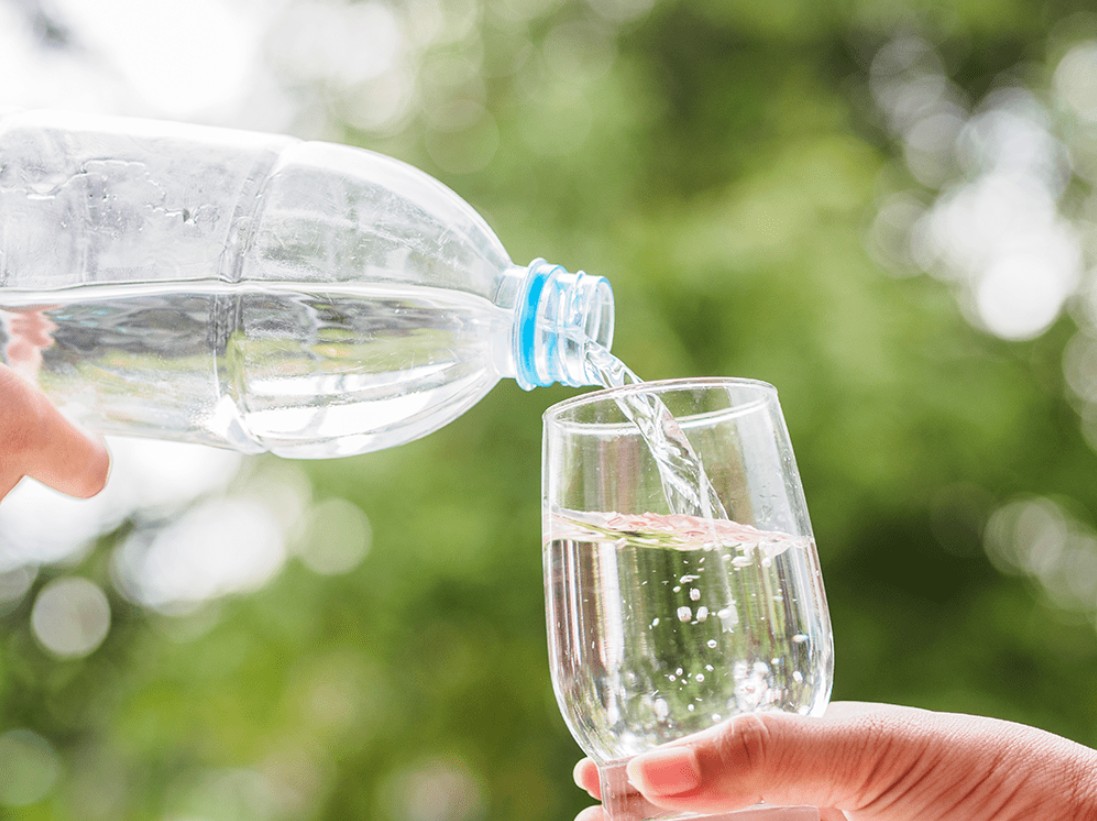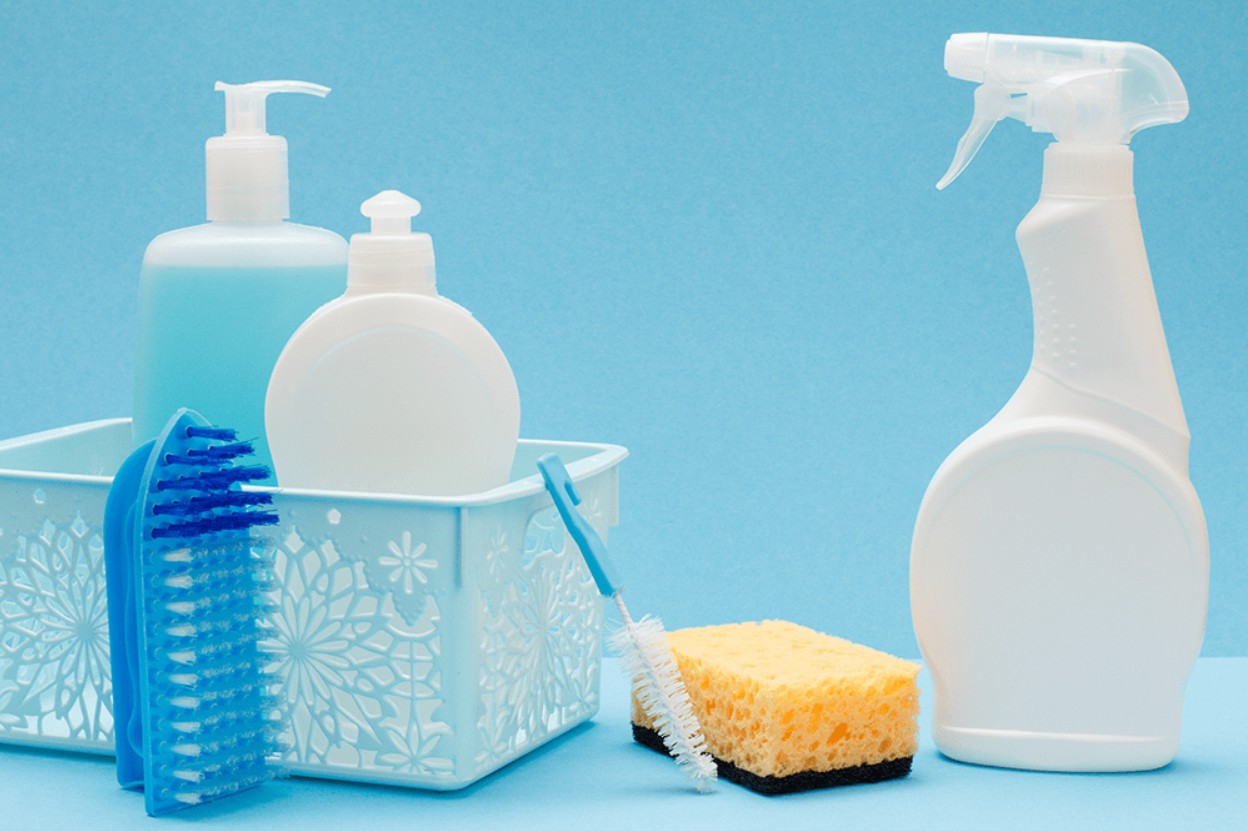
Quick Summary:
In this blog, we will be discussing how to prevent common issues with catheter drainage bags, including leaks, blockages, odors, and skin irritation. Explore expert tips for maintaining comfort and hygiene.
Click a link to jump to the section.
Introduction
When looking for tips to prevent issues with long-term catheter use, the importance of catheter drainage bag care cannot be stressed enough. Some common problems with urinary drainage bags include leakage, blockage, unwanted odors, skin irritation, and infection.
Regular maintenance improves comfort and hygiene, ultimately preventing complications with your drainage bag. By ensuring comfort and hygiene in catheter use, you will be on your way to resolving common problems with urinary drainage bags and properly maintaining a catheter bag for better quality of life.
1. Preventing Leaks from the Drainage Bag
When it comes to keeping your catheter drainage bag from leaking, it’s important to be proactive. Here are several leak-proof catheter drainage solutions to secure your drainage bag. Make sure that you are:1
- Securing your skin barrier properly.
- Changing your ostomy pouch regularly.
- Checking for cracks in drainage bags.
- Keeping your ostomy pouch secure during physical activity.
- Managing secure tubing connections for catheter bags.
- Preventing bag overfilling and pressure buildup.
- Finding the best catheter securement devices for you.
- Contacting your stoma care nurse for help identifying the root cause of leakage.
- Prioritizing your skin health and preventing damage to ensure your ostomy pouch adheres correctly.
2. Avoiding Catheter Blockages and Flow Issues
You might face catheter blockages due to mineral deposits or encrustation. It is crucial to tend to flow issues as soon as possible to prevent pain, discomfort, and bladder or kidney infection. Some common causes of catheter blockages include:2
- Constipation placing pressure on the bladder.
- The depositing of salt and minerals due to dehydration — infections can also lead to buildup.
- The formation of blood clots and kidney or bladder stones.
- Incorrect drainage bag placement — it must be below the bladder to prevent improper drainage.
To fix blockage issues and guard against infection, do what you can to prevent sediment buildup in urine drainage bags through hydration and hygiene. Ensure that you are:
- Consuming enough fiber to avoid constipation.
- Washing your hands prior to handling your catheter.
- Cleaning your genitals with a warm washcloth before and after insertion.
- Practicing proper hydration to prevent catheter clogging and sedimentation.
- Following flushing techniques for catheter flow problems.
- Using best practices for maintaining catheter tubing, including washing your hands, thoroughly cleaning the catheter daily, and keeping the drainage bag directly below the bladder.


3. Managing Odor from Catheter Drainage Bags
Preventing strong urine odor in catheter drainage bags is a priority for most catheter users. The best way to keep odors from accumulating is to utilize proper cleaning methods for reusable catheter bags. For example, disposing of bags regularly and soaking your bag with water and vinegar will effectively dissolve unwanted odors. Here are some things you can do to employ odor-control solutions for catheter bags:
- Use deodorizing tablets or drops.
- Regularly clean and change the bag.
- Ensure a safe disposal of catheter bags.
- Choose urine drainage bags with odor-control filters.
- Use drops — you can find some of the best deodorizing drops for urine drainage bags on our site.
- Clean your bag with 1 part white vinegar and 3 parts water.3 To do this, fill your bag halfway with the mixture, shake it, let it sit for 15-20 minutes, wash it with cool water, and let it dry.
4. Preventing Skin Irritation and Discomfort
One issue with using catheter drainage bags is the potential for skin damage, irritation, and discomfort. You can reduce skin irritation from catheter straps by:4
- Gently washing the surrounding skin with water and, if needed, using mild soap.
- Avoiding scented soaps and lotions, powders, creams, baby wipes, isopropyl alcohol, and steroidal medications.
- Preventing moisture buildup under catheter securement.
- Using care in removing your ostomy skin barrier to prevent skin stripping.
- Applying skin-friendly catheter barrier wipes to protect sensitive areas.
- Using the best adhesives for secure catheter bag attachment.
- Purchasing comfortable leg bag options for daily wear.
- Securing the bag without pulling on the catheter.
- Preventing moisture buildup that can cause skin breakdown by keeping the area dry and clean.
5. Proper Cleaning and Maintenance of Drainage Bags
To prevent issues from arising, it is vital to use an effective cleaning routine for reusable catheter bags. This involves using safe disinfecting solutions for urine bags, replacing catheter bags regularly, preventing bacterial buildup in catheter systems, and storing catheter drainage bags properly.
Regular disinfection will prevent issues with leakage, catheter blockage, odors, skin irritation, and infection. Proper hygiene of drainage bags includes replacing them often. These tips may be useful in deciding how often to replace catheter bags, as well as how to clean them:
- Wash and clean your bag daily, and replace it when you notice it becoming disconnected or showing signs of wear. This could be about once a month, but you should consult your doctor about how often to replace it.
- Use vinegar or specialized cleaners to sanitize bags.
- Store all equipment together in a flat position, where they can stay clean and dry.
- During use, position the bag directly below the bladder to improve drainage.
- While traveling, consider preparing extra supplies and trash bags, bringing hand sanitizer, carrying sterile water bottles, familiarizing yourself with TSA regulations, and obtaining a compact travel bag for your catheter supplies.5


Tips for Long-Term Comfort and Safety with Drainage Bags
When it comes to maintaining a drainage bag, it’s important to determine what works best for you. Here are some tips to ensure your experience with drainage bags is as safe and comfortable as possible.
Choosing between leg bags and bedside drainage bags:
- With leg straps for maximum security, leg bags are intended to be worn during daily activities and typically contain between 19 and 32 ounces.
- With a capacity between 2,000 to 4,000 mL, overnight drainage bags allow for a full night’s sleep without emptying.
Best drainage bag positioning for comfort:
- Position the bag directly below the bladder for proper drainage.
- When using an overnight bag, don’t place it over the headboard in an elevated position; instead, let it hang over the side of the bed.6
Managing catheter care while traveling:
- Bring your own trash bags and extra catheter supplies to prepare for emergencies.
- Opt for a carry-on with enough space for catheter supplies and ship supplies if needed.
- Consider using an attachable drainage bag for self-catheterization, a pocket catheter for privacy and convenience, or a hydrophilic catheter or closed-system catheter to reduce the risk of infection.
- Prioritize hygiene by washing your hands, bringing hand sanitizer, and ensuring access to sterile water.
- Carry an ID with your medical information on it in case of emergencies.
- Familiarize yourself with the location of nearby bathrooms.
- Take some time to learn about TSA regulations and liquid guidelines.7
Adjusting catheter care routine for long-term use:
- Seek support from loved ones, and don’t be afraid to ask for help.
- Stay prepared by purchasing extra supplies, such as drainage bags, gloves, wet wipes, and hand sanitizer.
- Drink lots of water and avoid caffeine, alcohol, and acidic drinks, as they can cause bladder irritation.
- Change your catheter as directed by your physician.
- To protect against infection, wash your hands before and after handling catheter supplies and keep the insertion site clean and dry.
- Wear comfortable clothes, be gentle while handling catheter equipment, and check regularly for signs of infection.8
When to see a doctor about catheter drainage problems:
- Little to no urine flows into the bag, and your bladder is full.
- Your urine appears cloudy or bloody, has clots, has changed color, or has a foul odor.
- You experience fever, nausea, vomiting, or pain in your lower half.
- Irritation and discomfort or leakage at the insertion site.9
Conclusion
This blog explores the best practices for catheter drainage bag maintenance. This includes proper hygiene, staying hydrated, and being gentle with catheter supplies. Knowing how to prevent potential issues is important to health and vitality.
Choosing high-quality catheter bags for long-term use goes hand in hand with proper catheter care. It is always helpful to know where to buy reliable catheter drainage bag supplies — explore the variety of urinary catheter supplies we have available to find the best products for your needs.
Footnotes
1 "Hollister." How to Avoid Catheter Blockages & Obstructions.
2 "Fosnight, A. (2025, March 1)." How to Avoid Catheter Blockages & Obstructions. Aeroflow Urology.
3 "Memorial Sloan Kettering Cancer Center (2023, June 15)." About Your Urinary (Foley) Catheter: How To Clean and Care for It
4 "Hollister." Routine Ostomy Skin Care.
5 "Landrum, A. (2021, December 9)." Tips for Using Intermittent Catheters when Traveling. ABC Medical Blog.
6 "Express Medical Supply (2017, May 22)." Sleeping with a Catheter: Choosing Between a Urinary Leg Bag and an Overnight Drainage Bag.
7 "Byram Healthcare (2022, March 8)." 11 Travel Tips for People Who Use Catheters.
8 "Piedmont Medical Solutions (2023, August 31)." Adjusting to Life with a Catheter: Practical Tips and Tricks.
9 "Bladder & Bowel Community." Catheter Problems.

